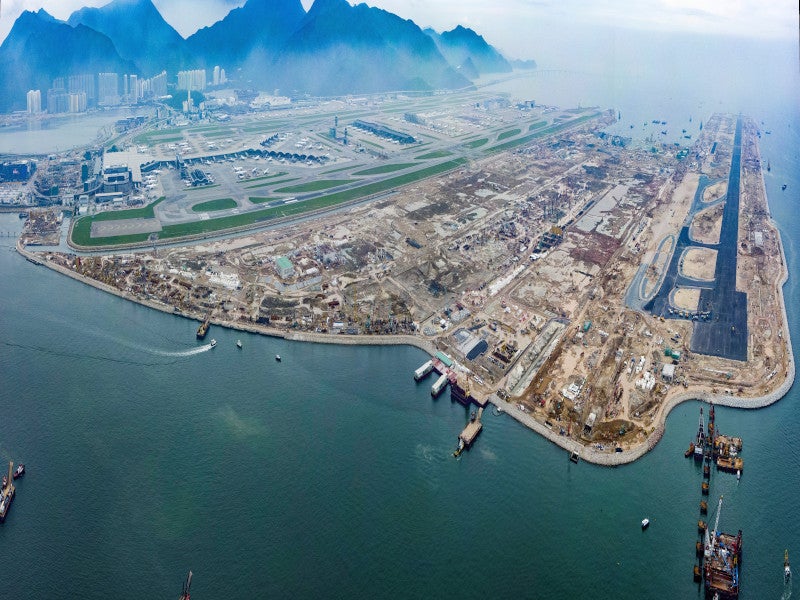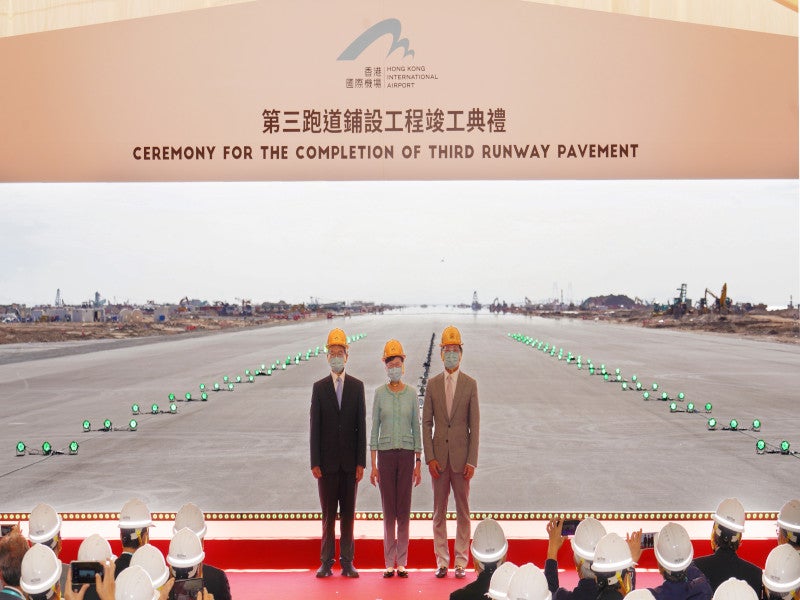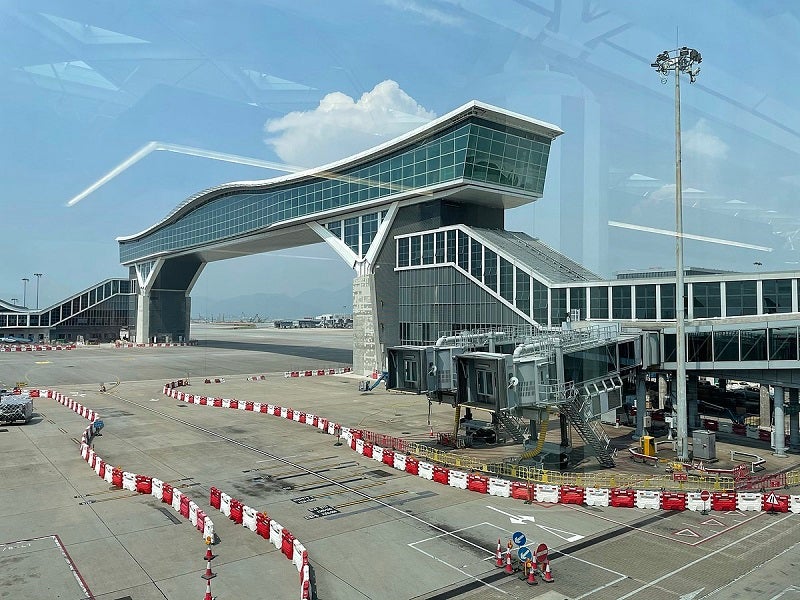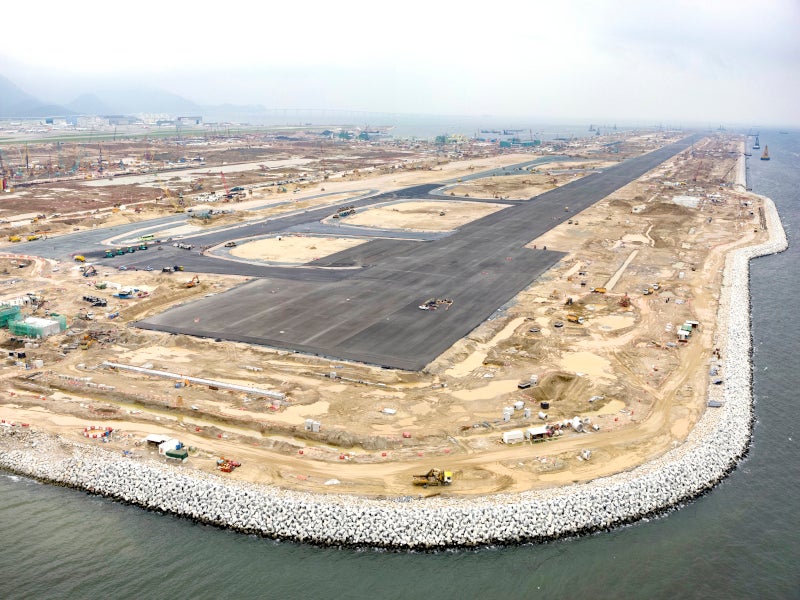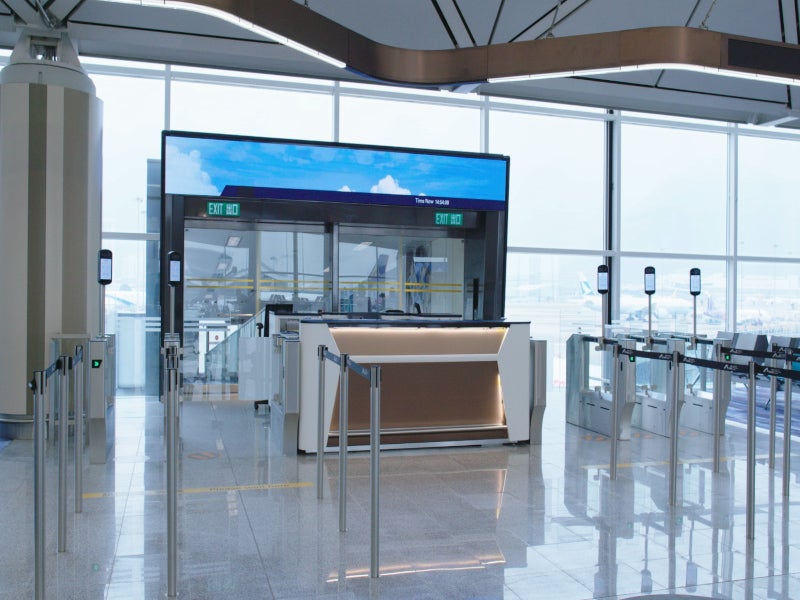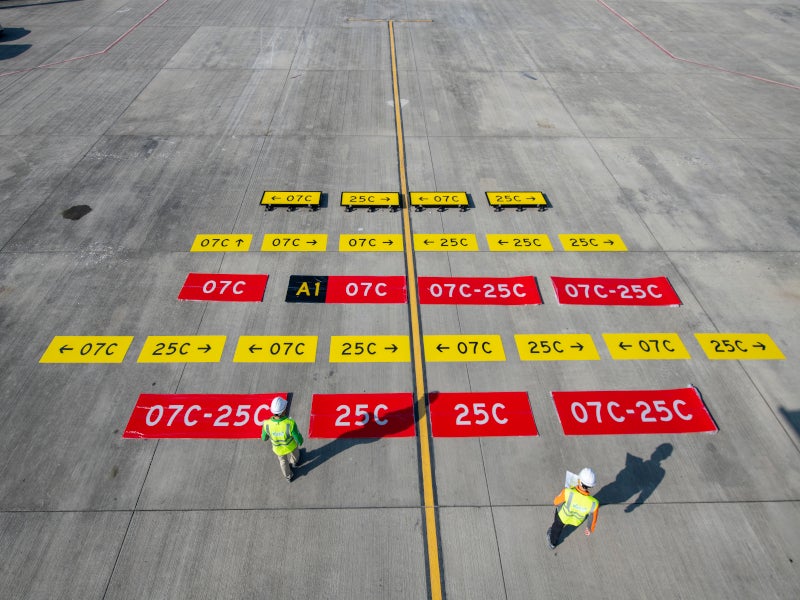Hong Kong International Airport (HKIA), the main airport in Hong Kong, has been witnessing significant growth rates in passenger and cargo traffic and aircraft movements over the past decade.
According to IATA’s estimates, the airport will handle 102 million passengers, 8.9 million tonnes (Mt) of cargo, and 607,000 aircraft movements annually by 2030.
To meet growing demand, HKIA operator Airport Authority Hong Kong (AAHK) came up with the Master Plan 2030, which outlined the future development plans for the airport.
Of the two options proposed in the plan, Option-2 was finalised through a public consultation. It envisages the airport’s expansion into a three-runway system (3RS) from the existing two-runway system (2RS), receiving government approval in March 2015.
The expansion will allow the airport to handle an additional 30 million passengers a year. It is considered crucial for establishing the airport as an international and regional aviation hub and will encourage economic growth in the region by creating employment opportunities. The expanded terminal one started operations in November 2019.
AAHK received the renewed licence from the Civil Aviation Department to operate HKIA in May 2022. The licence also includes the third runway and associated taxiways.
Cathay Pacific Airways became the first airline to operate a commercial flight using the new third runway in July 2022, as part of operation familiarisation of the runway.
3RS project details
The project is being executed in three phases. Phase 1 took two years, including environmental impact assessment (EIA) studies, associated design details, and funding options.
Phase 2 included environmental permits, financial arrangements, and other statutory process requirements.
Phase 3 is the implementation period, which involves the detailed design of the project, land reclamation, and construction of related facilities.
The construction work on the 3RS project began in August 2016 while the runway pavement works for the third runway were completed in September 2021. Flight check for the runway to check whether air navigation service equipment, flight procedures, and airfield ground lighting systems are compliant with the standards of International Civil Aviation Organisation started in March 2022. The 3RS project is scheduled to be completed in 2024.
Infrastructure developments under the 3RS project
The expansion at the HKIA began with the reclamation of approximately 650ha of land towards the north of the airport. Various techniques were used for the reclamation including non-dredge methods such as deep cement mixing.
A new 3,800m-long runway was constructed along with supporting taxiway systems to expand the airport into a three-runway system.
The North Runway (07L/25R) is being reconfigured, with completion expected in 2024. It was renamed the Centre Runway (07C/25C) in December 2021 and closed for reconfiguration works in July 2022 while the new third runway has been designated as the North Runway (07L/25R).
A new passenger concourse is being built, covering approximately 283,000m² to offer high-tech facilities, environmentally friendly features, and a range of shopping and dining options for passengers. Also known as the third runway concourse (TRC), it will feature an apron and 57 new parking positions, of which 34 are frontal and 23 are remote.
A new 2,600m-long automated people mover (APM) system will also be constructed to connect Terminal 2 with the new passenger concourse. Capable of transporting nearly 10,800 passengers an hour at 80km/h, the new passenger concourse will transfer passengers from Terminal 2 to the new concourse in 2.5 minutes. Two stations of the new APM system are expected to be commissioned in 2024.
A new baggage handling system (BHS) will also be constructed between Terminal 2 and the new concourse. It will transport luggage at a speed between 25km/h and 36km/h. The first item will be transported to the luggage belt upon 20 minutes of passenger arrival and the last item within 40 minutes.
Other developments include the expansion of the existing Terminal 2 into a full-service processing terminal, and construction of an associated road network, airport support infrastructure, facilities, and utilities for 3RS operation. The second terminal was decommissioned and check-in services for airlines are provided at Terminal 1. T2 will be resume operations in 2024, following the completion of the extension.
The Terminal 1 expansion involved a seven-storey, reinforced, concrete structure, with new check-in counters, baggage reclaims carousels, departure security screening channels, and departure immigration counters.
The expansion of Carpark 4 involves the construction of an 11-storey reinforced concrete structure, linking the existing Carpark 4 and T1 arrivals ramp.
The Regala Skycity Hotel within the SKYCITY mixed-use complex near the airport opened in December 2021.
The fabrication of the Sky Bridge was completed, and the main structure of the bridge was erected on the bridge towers in January 2020. The 200m-long Sky Bridge is the longest airside bridge in the world and is designed to connect T1 and the North Satellite Concourse to reduce travel time between the two buildings. It received BEAM Plus New Buildings’ provisional gold certification from the Hong Kong Green Building Council in 2021.
Contractors involved
The consultancy service contract for the reclamation project was awarded to UK-based Atkins in June 2015. The contractual scope included the detailed design of 650ha of reclaimed land, ground improvement works, seawalls, re-provisioning works, and the extension and modification of existing large box culver in preparation for the construction of the 3RS system.
The contractor continued the services into the construction phase of the project, with provision for design support services.
Hong-Kong-based consulting group ERM was selected to provide environmental permit consultancy services for the project. The contract included the supply of professional and specialist services on environmental protection issues.
Leighton Asia was awarded a $211m contract by Airport Authority Hong Kong for the Terminal 1 and Carpark 4 expansion project at the airport in April 2017.
Aecom was selected as the lead consultant and project manager for the Terminal 2 expansion project. The contractual scope includes planning strategy, architectural design, and engineering services.
The company is also the lead consultant and project manager for the detailed design and construction phase design services for the new concourse, as part of the third runway project.
OTC, a planning and design services provider, was appointed as the lead company for the planning of the detailed design for the new passenger concourse. OTC partnered with Aedas, Atelier Pacific, and Leslie Jones.
OTC, in collaboration with Aedas, and DuttonBray, also provided airport terminal planning services for the expansion of Terminal 2.
Thales secured two contracts in April 2018 to provide signalling systems for the existing APM lines and to equip new APM trains with the SelTrac communications-based train control (CBTC) solution.
CRRC Puzhen Alstom Transportation Systemt, a joint venture of Alstom, was appointed by AAHK to provide operation and maintenance services for the integrated APM system for the T2 Line connecting Terminal 2 and the Terminal 2 Concourse in July 2022.
Investment and financing
The total estimated construction cost of the 3RS project is HK$141.5bn ($18.26bn), at 2015 prices (HK$484.5bn in 2010).
Funding for the project is based on the ‘joint contribution and user-pay’ principle, with funds arranged from multiple channels.
The funding sources include bank loans and bonds issues, HKIA’s operational surplus, and construction fees collected from the departing passengers.
AAHK secured loan facilities worth HK$35bn ($4.51bn) with 21 banks in June 2020. The five-year loan facilities will boost the long-term development of the airport.
Sustainability
HKIA aims to become one of the world’s greenest airports, with its environmental plan containing more than 120 green initiatives. The plan is expected to enable the airport to develop a robust culture of sustainability throughout the airport.
Some of the green initiatives planned include carbon and energy reduction, air quality monitoring, green building design, and water conservation, as well as waste management, with a pledge to recycle 50% of all waste.

